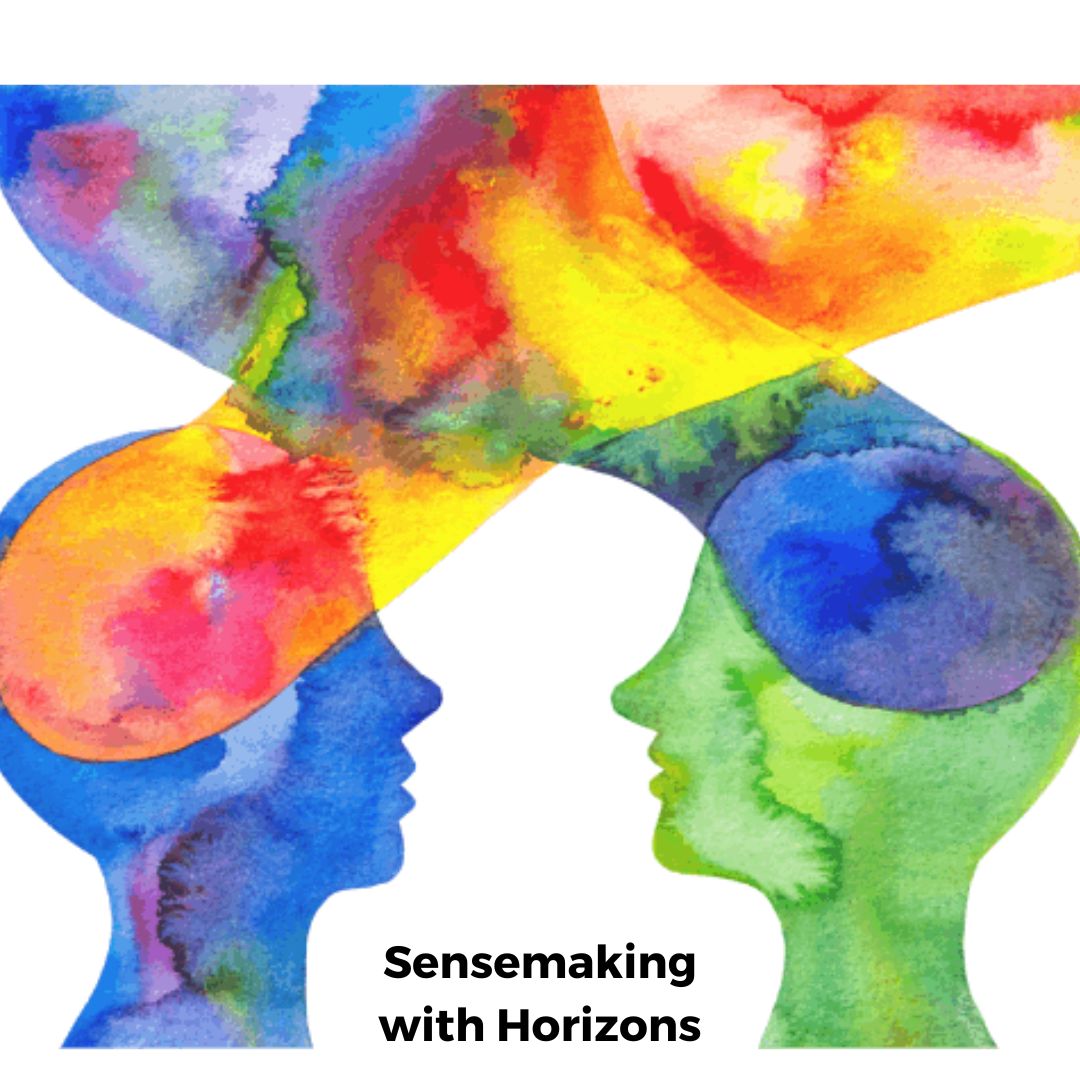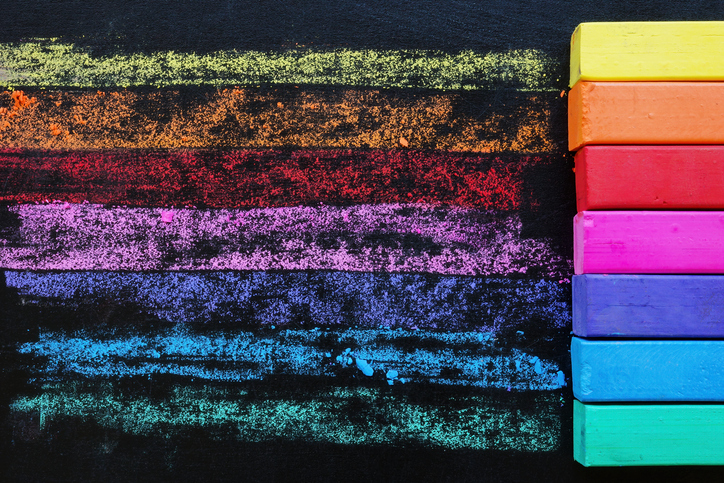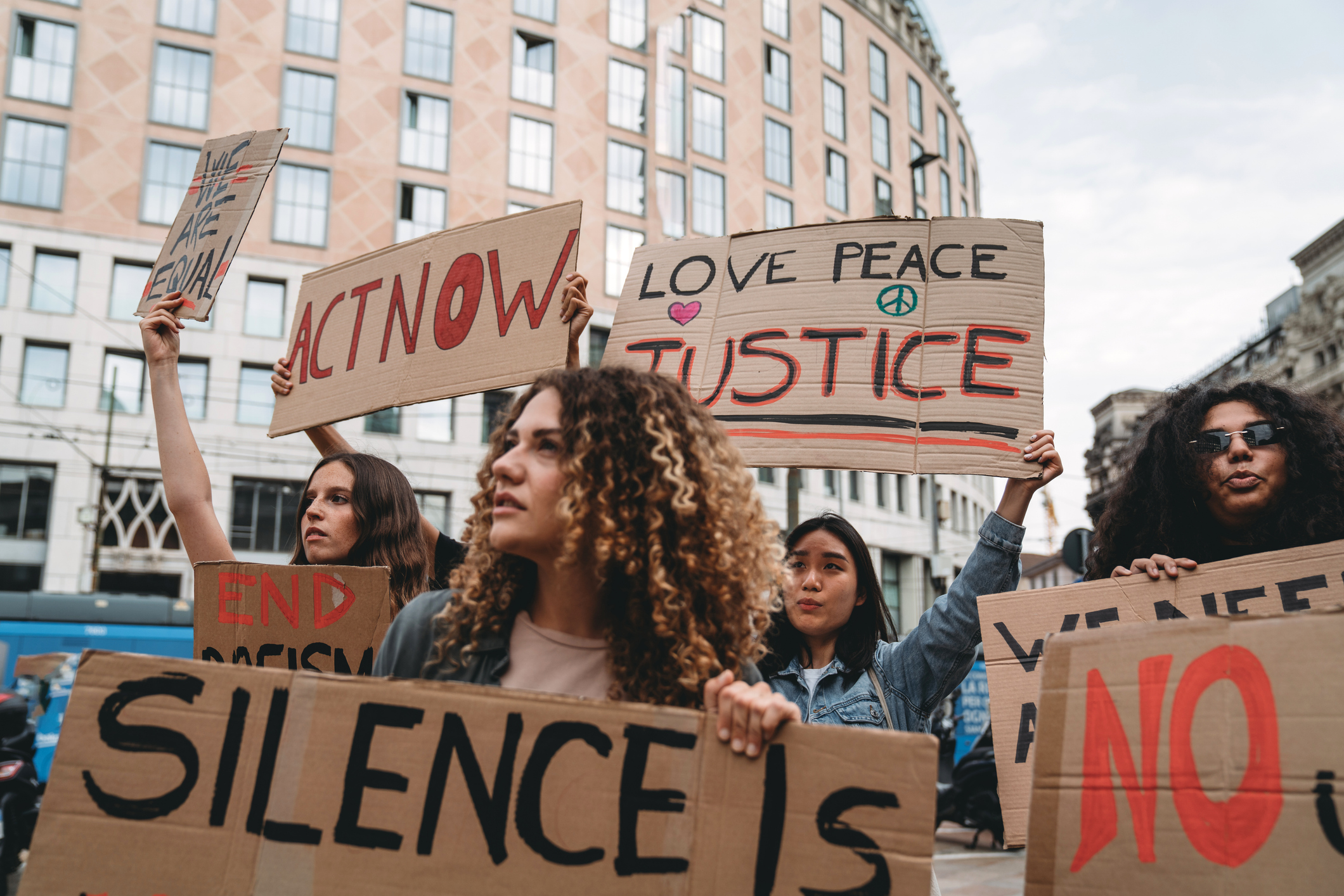Tag: Democracy

Check My Ads Illuminates Authoritarian Advertising
Time Period: 2021-PresentLocation: United States, Online CampaignMain Actors: Check My Ads InstituteTactics Used - Online Boycotts - Social Media Campaigns - Newsletters In 2021, Nandini Jammi and Claire Atkin, two...

Wisconsin Business Leaders Ensure Fair Elections
Time Period: 2021-presentLocation: United States, WisconsinMain Actors: Wisconsin Business Leaders for DemocracyTactics - Civic Engagement - Media Outreach - Petitions - Questionnaires - Signed Letters of Support - Amicus Brief...

Sensemaking with Horizons: What’s the Ask?
Chief Network Weaver, Julia Roig and Jarvis Williams, Director for Race & Democracy reflect on some of the natural tensions facing the work of organizers at the national and state...

Faith and the Authoritarian Playbook
*This article was written by Chief Organizer Maria J. Stephan and was first published on Sojourners, you can access the full article without a paywall here. How Christians can defend and nurture democracy...

Resources on Art, Cultural Work & Inclusive Democracy
Artistic and cultural processes are uniquely well-suited to address our current challenges of democratic decline and rising authoritarianism because they engage us cognitively, emotionally, sensorily, and, in some cases, spiritually....

Clowns, Reverse Boycotts, and Involuntary Walkathons: How Communities are Making Political Violence Backfire
*This article was written by Chief Organizer Maria J. Stephan and was first published on Just Security. The new dystopian Hollywood film, Civil War, has raised the specter of devastating violent conflict...

US Bishops and the January 6th Capitol Attack on Democracy: A Pillars of Support Caselet
Time Period: 2021Location: United StatesMain Actors: US Conference of Catholic BishopsTactics - Declarations by organizations and institutions - Letters of opposition or support - Signed public statements - Newspapers and...

How you can more effectively advance multi-racial democracy
On March 3, 2024, Maria J. Stephan, co-lead of the Horizons Project, discussed her work to strengthen multi-racial democracy in the US and globally to the Forum at All Souls...

Introducing Our Race and Democracy Portfolio
https://www.youtube.com/watch?v=-3fXwYwNAo0 Chief Network Weaver, Julia Roig, and Director for Race & Democracy, Jarvis Williams, have a conversation about why the Horizons Project created this new role and portfolio of work...

Can Multiracial Democracy Survive?
*This article was written by Chief Organizer Maria J. Stephan and was first published on Sojourners. Racial justice and pro-democracy advocates share a common agenda. DEMOCRACIES OFTEN DIE by a...
